WWI US Pilot Sterling Wings pin Army Air Corps -REAL THING -OWN HISTORY -LOOK
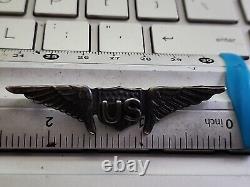
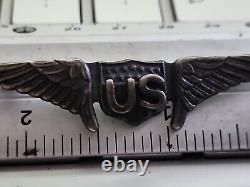
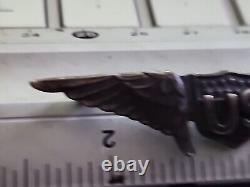
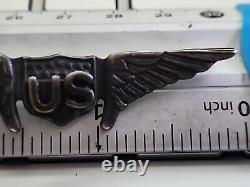
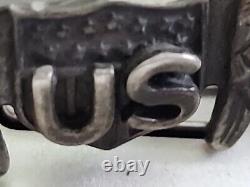
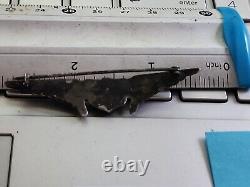

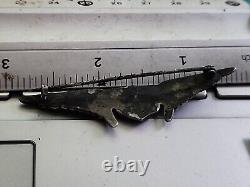
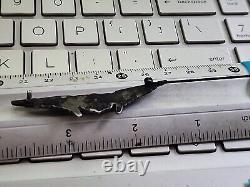

PLEASE FOLLOW OUR E BAY STORE. World War I and Air Service revisions. Initially badges were embroidered and Junior Military Aviator and Reserve Military Aviator badges had only one wing to the wearer's left.
The Air Service members of the Bolling Mission. The Military Aviator badge was superseded on 15 August 1917 by authorization of a new embroidered "wings" badge.
The first sketches of which are attributed to Arnold. With all ranks and grades being temporary. For both airplanes and balloons, bringing the total number of aeronautical ratings to seven.
After the creation by executive order in 1918 of the Army Air Service. Of the United States Commission of Fine Arts. And approved on 25 January 1919. Army regulations regarding ratings underwent a major revision by the Director of Air Service.
Airship Pilot, Aerial Gunner, and Aerial Bomber were created. Among the new ratings, a 50% aviation increase was authorized for the enlisted pilot and 25% for all the others. The new ratings, however, proved to be only a demobilization expedient and lasted less than nine months. In 1920, when the Air Service was made a statutory arm of the line, the National Defense Act of 1920. Also ended the differentials in flight pay and standardized it at 50%. The policy of awarding rated officers a temporary advancement in grade was also terminated. To qualify for command of a unit, an officer was required by law to be rated.The existing ratings were reduced to four on 10 August 1920. All those already holding the old ratings qualified automatically for the new. In 1921 the Air Service authorized the wearing of 3.125-inch ratings badges made of oxidized silver in lieu of embroidered badges. In 1924 the Tenth Annual Report of the National Advisory Committee for Aeronautics, submitted by President Calvin Coolidge.

